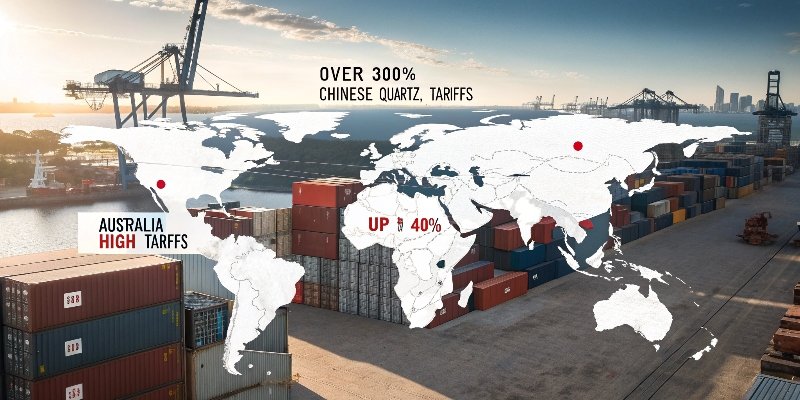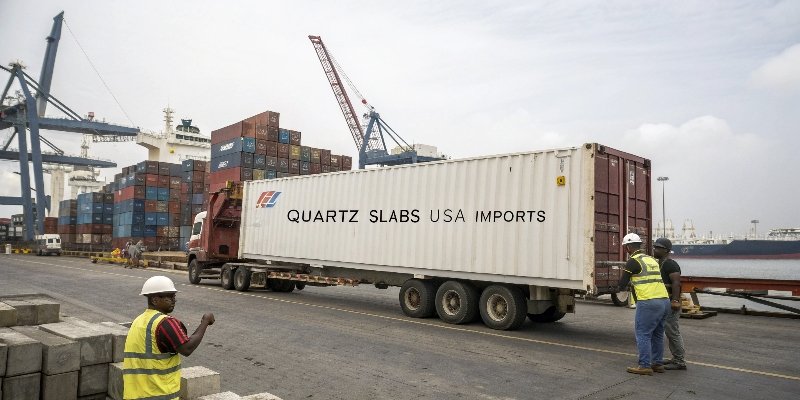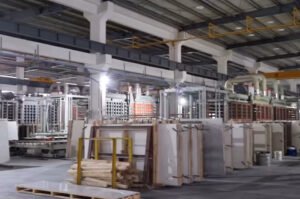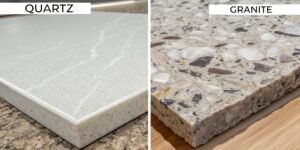Navigating the world of quartz imports can feel like a maze of rules. You find the perfect slab, but then you are hit with unexpected tariffs, regulations, and delays.
The specific import restrictions on quartz slabs depend entirely on the target market. They include tariffs, anti-dumping duties, quality standards like CE marking, and environmental regulations like REACH. Each country has its own unique set of rules that must be followed.

Getting our quartz slabs to clients around the world is the core of my business. It requires more than just making a great product. We have to navigate a complex web of international trade rules. I’ve learned that staying proactive and understanding the specific requirements of each market is essential. It’s the only way to avoid costly delays and build lasting trust with partners. Let me share what I've learned from my experience shipping to various countries over the years.
What is the tariff on quartz countertops?
Worried about hidden costs? Tariffs on quartz countertops can turn a profitable order into a financial headache, catching you completely by surprise and ruining your budget.
Tariffs vary greatly by country. The United States has imposed duties over 300% on Chinese quartz. Australia also has high tariffs to protect its local industry. Meanwhile, India's import duties can be as high as 40% to encourage local manufacturing.

The tariff is often the first hurdle we discuss with a new client. It's a significant part of the final cost, and it changes depending on where you are. In some cases, these are straightforward taxes. In others, they are part of complex trade policies. For example, anti-dumping and countervailing duties are designed to prevent what a country sees as unfair competition from foreign manufacturers. I always tell my clients to check with their local customs brokers for the most current rates. These numbers can shift based on political and economic factors, so staying updated is key. A clear understanding of these costs from the start prevents any bad surprises down the line and ensures a smooth transaction for everyone involved.
Comparing Tariffs in Major Markets
To help you understand, I've broken down how tariffs on quartz slabs differ in some key markets I ship to.
| Market | Tariff Type | Typical Rate | Reason |
|---|---|---|---|
| United States | Anti-Dumping/Countervailing Duties | Can exceed 300% | To counter pricing from China. |
| Australia | Protective Tariffs | High (Varies) | To support local manufacturers. |
| India | Import Duties | Up to 40% | To encourage local production. |
| UAE/Middle East | General Duties | Relatively Low | To facilitate construction projects. |
Does the US import quartz?
Want to bring quartz into the United States? You might find the process confusing. The complex regulations and high duties can make it seem nearly impossible to succeed in this market.
Yes, the U.S. absolutely imports quartz. However, it comes with strict conditions. These include hefty anti-dumping duties on products from certain countries, especially China. Importers also have to meet safety standards for silica content under OSHA regulations to be successful.

The U.S. is one of my biggest markets, but it's also one of the most challenging. The game changed completely in 2018 when anti-dumping duties were imposed on Chinese quartz. I remember working day and night with a client in Texas. We had to figure out a new pricing structure to share the burden of the massive new tariffs. Beyond the cost, there are serious safety rules. We must prove our slabs meet strict OSHA standards for silica content. Any failure means the shipment gets rejected. We invested in new testing equipment for our factory to make sure every single batch is compliant before it even leaves our facility. It’s a lot of work, but it’s what you have to do to operate in the American market.
Key US Import Requirements
Here is a simple breakdown of the main hurdles you will face when importing quartz slabs into the United States.
| Requirement | Description | My Experience |
|---|---|---|
| Anti-Dumping Duties | High tariffs on quartz from specific countries like China. | I worked with a Texas client to adjust our prices to absorb the 300%+ duties. |
| OSHA Compliance | Slabs must meet safety standards for silica content. | We invested in factory testing equipment to ensure every batch is safe and compliant. |
| Customs Paperwork | All documentation must be perfect to avoid delays at the port. | Meticulous paperwork is non-negotiable for a smooth customs clearance process. |
What is the quartz tariff in China?
Many people think China is just an exporter. They wonder if high tariffs make it hard for Chinese quartz to compete. The answer reveals a lot about global trade today.
Tariffs are not placed on quartz in China, but by other countries on quartz from China. The United States and Australia, for example, have imposed very high tariffs. These measures are meant to protect their own domestic industries from what they consider unfair pricing.

As a manufacturer based here, my focus is on the tariffs my products face when they arrive in other countries. The U.S. anti-dumping duties of over 300% were a major shock to the industry. It forced us to rethink our strategy for that market entirely. Similarly, Australia has high tariffs designed to shield its local quartz producers. This makes it a very price-sensitive market for us. My job is to navigate these financial barriers. We do this by being transparent with our clients about the costs and working with them to find the best solutions. It requires constant monitoring of trade policies around the world, as a sudden change can impact an entire shipment.
How Tariffs Affect Chinese Quartz Exports
Different countries apply different tariff strategies to quartz coming from China, which directly impacts my export business.
| Importing Country | Tariff Policy | Impact on My Business |
|---|---|---|
| United States | Imposed anti-dumping duties over 300% since 2018. | We must find ways to absorb costs with clients or focus on different product lines. |
| Australia | Applies high tariffs to protect its domestic industry. | Competing on price is a major challenge; we focus on quality and service. |
| European Union | Focuses more on regulations like REACH over high tariffs. | Compliance is key; documentation for chemical safety is more important than cost. |
What is the difference between cheap and expensive quartz?
You see two quartz slabs that look similar, but one costs much more. This makes you wonder if the expensive one is really worth the price, or if you're just overpaying.
The price difference comes from quality, safety, and compliance. Expensive quartz uses better raw materials and advanced manufacturing. It also meets strict international standards like the EU's REACH regulations for chemical safety, adding to its cost but ensuring a higher quality product.

The price tag on a quartz slab tells a story about its journey. A cheaper slab might cut corners on the quality of the resin or the purity of the quartz crystals. More importantly, it may not meet the strict health and environmental standards required in markets like Europe. I learned this the hard way a few years ago. A shipment to Germany was held up for weeks because our paperwork didn't fully comply with REACH regulations. The resin components were under scrutiny. It was a costly mistake, and I had to fly there to sort it out and rebuild trust with my client. Now, we ensure all our materials are certified from the start. This adds to our cost, but it guarantees market access and protects our clients.
Factors Driving Quartz Price Differences
The final cost of a quartz slab is influenced by several factors that separate premium products from cheaper alternatives.
| Factor | Cheaper Quartz | Expensive Quartz |
|---|---|---|
| Raw Materials | Lower-grade resins and quartz aggregates. | High-purity quartz and advanced polymer resins. |
| Manufacturing | Basic process, potential for inconsistencies. | Advanced vibrocompression, ensuring high density. |
| Compliance | May not meet standards like REACH or CE. | Certified to meet international safety and environmental standards. |
| Certifications | Lacks project-specific proofs like fire safety. | Comes with certifications for specific building codes. |
Conclusion
Ultimately, successfully importing quartz slabs depends on knowing each market's specific tariffs and regulations. Staying informed and proactive is the only way to ensure smooth deliveries and build a reliable business.





